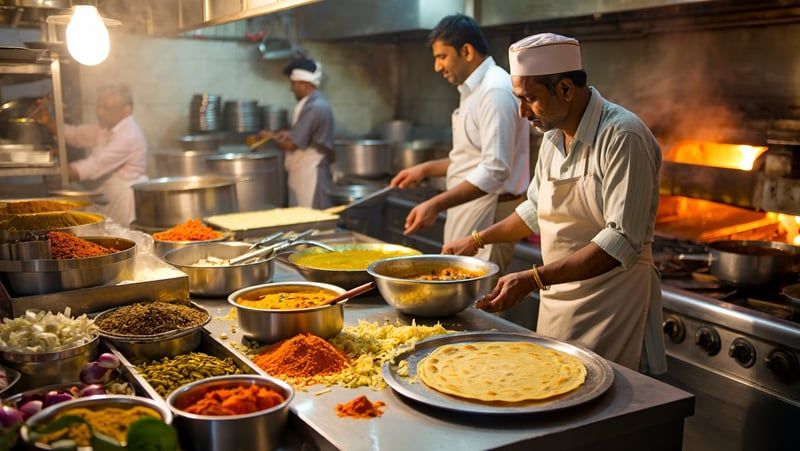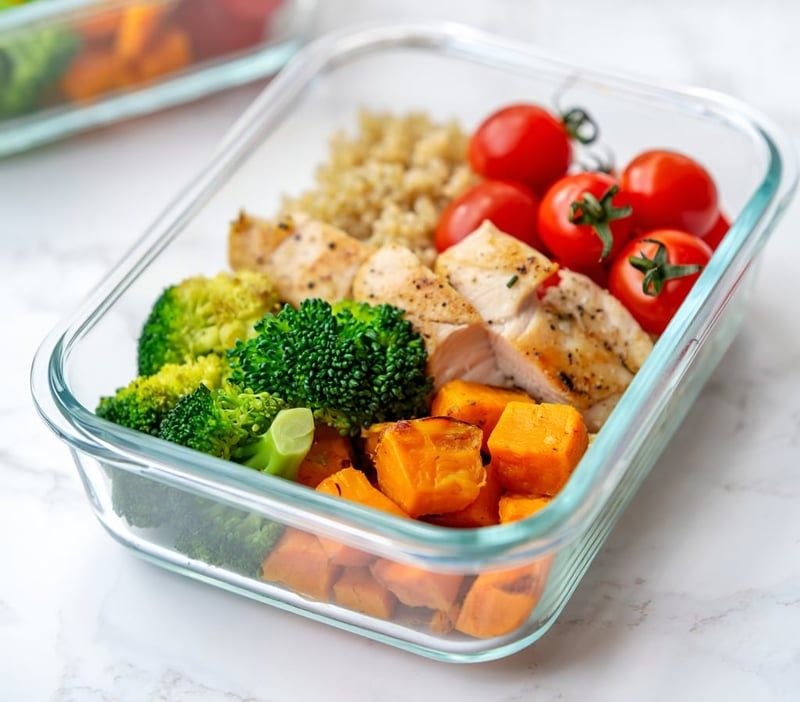Are you thinking of starting a meal subscription business? Whether you're planning to expand an existing food business, turning your passion for cooking into something profitable, or simply looking to start a new business in the growing food market, there are clear paths to get started. Here's how . . .
How Do Meal Subscription Businesses Start?
Meal subscription businesses usually develop or begin in one of three ways:
Expanding an Existing Food Business:
Many meal subscription services start when a restaurant realizes they can build a new business with minimal investment and minimal risk, and with major profit potential. If you already own a restaurant, you’ve got the essentials, your brand, your kitchen, and your staff. By adding meal subscriptions, you can reach new customers beyond your dine-in crowd and make the most of your existing resources. It also offers a steady, predictable income, helping balance out the ups and downs of daily foot traffic.
Starting Fresh from Home:
If you’ve got a passion for cooking, or simply want to start a home-based business, launching a meal subscription service can be a great option. Many of these businesses begin small, preparing meals from a home kitchen and delivering them locally. With consistent quality and a growing base of happy customers, it’s possible to grow, from making a few dozen meals a day, to running a profitable small business, serving hundreds in your area.
Nutritionists Expanding Their Services:
A growing trend in the meal subscription space is nutritionists offering prepared diet meals. Beyond just consultations, many are now providing meals made to meet strict nutritional requirements for their clients. This approach allows them to offer complete health solutions, guidance and meals combined.
What Type of Meals Should You Offer?
If you’re thinking about starting a daily meals service, the first step is to decide what kind of food you’ll offer.
Most daily meal businesses focus on these meal types:
Home-Style Food
Comfort food that feels just like a meal from home - simple, wholesome, and something you can eat every day without getting bored. It’s usually prepared with minimal oil, fewer spices, and no heavy sauces. These meals are especially popular among students, working professionals, and families looking for affordable, wholesome options that remind them of home-cooked food.

Salads, Sandwiches, and Other Healthy Options
Fresh and nutritious choices for the health-conscious customer. These meals require minimal cooking but focus on quality, freshness, and taste. Office-goers and fitness enthusiasts often go for these options, seeking a quick, healthy bite that fits into their busy schedules, without compromising on nutrition.
Vegan Meals
With plant-based diets becoming increasingly popular, offering creative and tasty vegan dishes can set your business apart. Vegan meals appeal to a growing community that values mindful eating, and customers often stay loyal to places that offer diverse and delicious vegan options regularly.
Diet-Focused Meals
Controlled portions made for specific health goals like weight loss or muscle gain. These meals focus on calorie counts, protein content, and balanced nutrition. This type of meal service works best if you’re a nutritionist or can collaborate with one, offering not just meals but a complete health package that starts with personalized consultations.

Choosing the Right Meal Type for Your Business
The success of your meal service depends on offering food that fits local demand while making the most of your skills and resources.
- Near student housing or offices? Home-style meals could become a daily favorite.
- In upscale areas? Vegan and diet-focused meals often attract health-conscious customers, willing to pay more for quality.
- Already run a restaurant? You can expand your current menu or create a separate brand if the meal service offers a different cuisine. Using your restaurant’s brand can help promote the service, but a new brand avoids confusion if the styles differ.

When your offerings align with local customer needs and your strengths, it’s easier to build a loyal customer base and run a smooth, profitable business.
Deciding Your Meal Schedule
Once you've chosen the type of food to offer, it's time to figure out your meal schedule, how many meals a day, how many days a week, and how much variety you can realistically manage.
Start Small and Smart
If you're just starting out, offering breakfast, lunch, and dinner right away can be overwhelming. You could begin with one meal a day, like lunch or dinner, for 5 to 6 days a week. This helps you focus on quality, streamline your process, and build consistency without stretching yourself too thin.
Plan for Growth:
As you get comfortable and your customer base grows, you can gradually expand to two or even three meals a day.
For Existing Restaurants
Even if you already have a restaurant, starting your meal service with just one meal (like lunch) can help your team manage prep and delivery without disrupting regular operations.
This gradual approach helps maintain quality while scaling your business at a manageable pace.
Finding Your Customers
Once your menu and schedule are set, it’s time to find your customers. Use social media to showcase your meals with eye-catching photos, engaging posts, and customer reviews to build trust and interest. Offer limited-time deals, combo discounts, or referral rewards to encourage sign-ups. Collaborate with gyms, offices, and student housing to tap into a steady customer base. Ensure consistent quality and great service, happy customers will keep coming back and recommending your meals.
Growing Your Business
As your business grows and your customer base expands, it’s time to focus on streamlining operations, refining your marketing strategies, boosting customer loyalty, and finding ways to increase the value of each order. With the right improvements, you can turn a small meal service into a thriving, long-term business.

